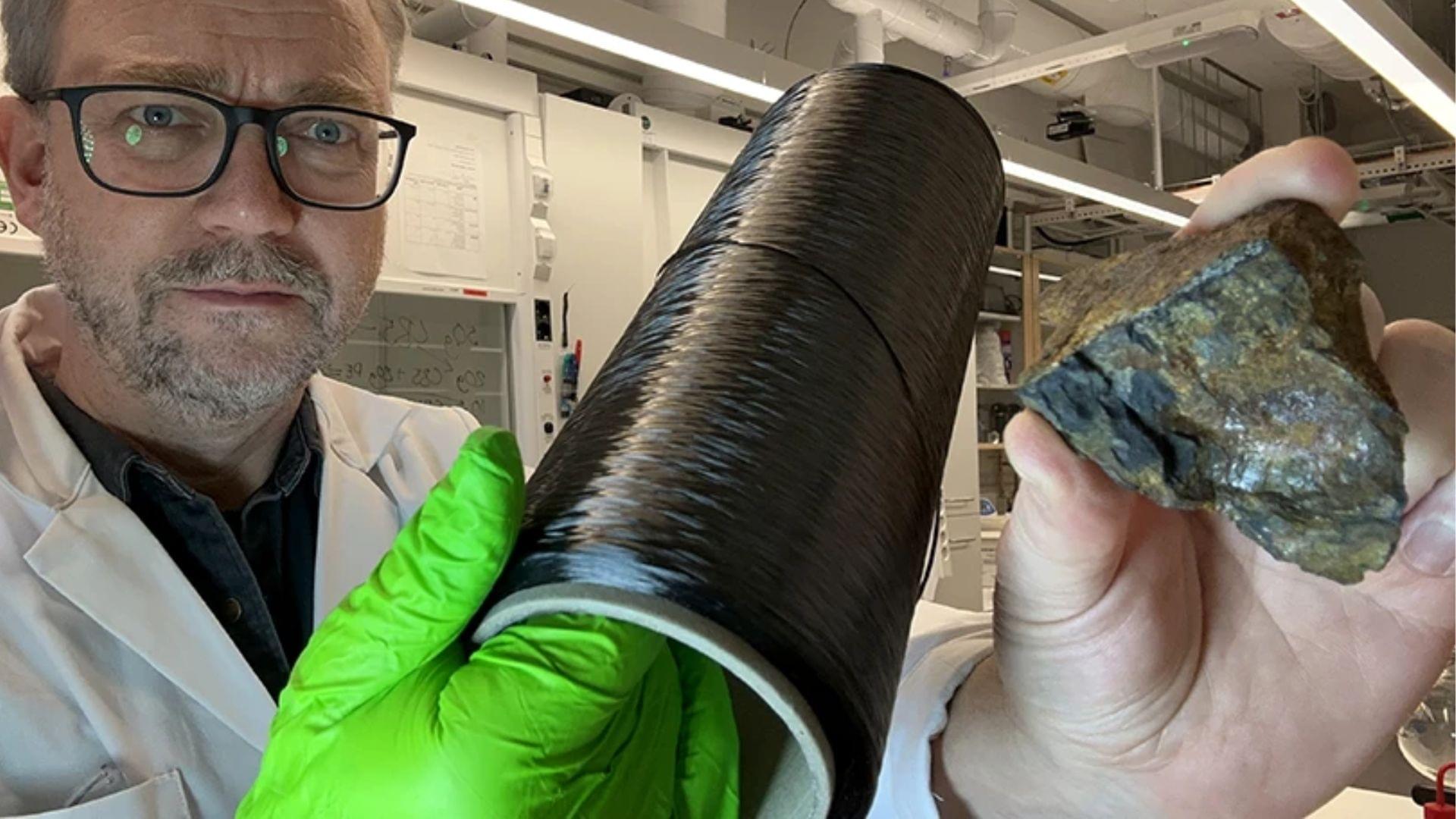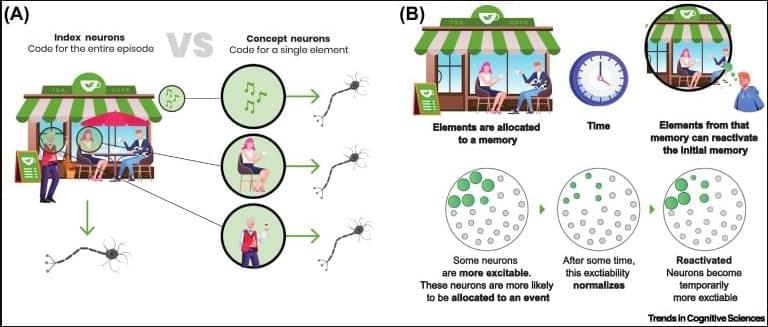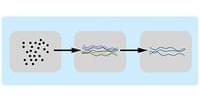The AI revolution is happening faster than experts ever predicted — and we’ve hit the turning point.
The long-debated arrival of artificial general intelligence (AGI) may be closer than we think, with some experts suggesting we could reach the technological singularity within the next year.
A new analysis of nearly 8,600 expert predictions reveals shifting timelines, particularly since the rise of large language models (LLMs) like ChatGPT. While previous estimates placed AGI’s emergence around 2060, recent advancements have led many to revise their forecasts to as early as 2030.
Some industry leaders, however, believe AGI’s arrival is imminent, and with the rapid progression of computing power and potential breakthroughs in quantum computing, we may soon see machines capable of surpassing human intelligence.
Despite the excitement, skepticism remains. Some researchers argue that intelligence is more than just computational power, encompassing emotional, social, and existential dimensions that machines may never fully replicate. Others question whether AI, no matter how advanced, can independently drive scientific discoveries or simply act as an accelerator for human innovation. While the exact timeline for AGI remains uncertain, one thing is clear: humanity is on the brink of an AI-driven transformation, and the choices we make now will determine whether this future benefits or disrupts society.
Learn more.








